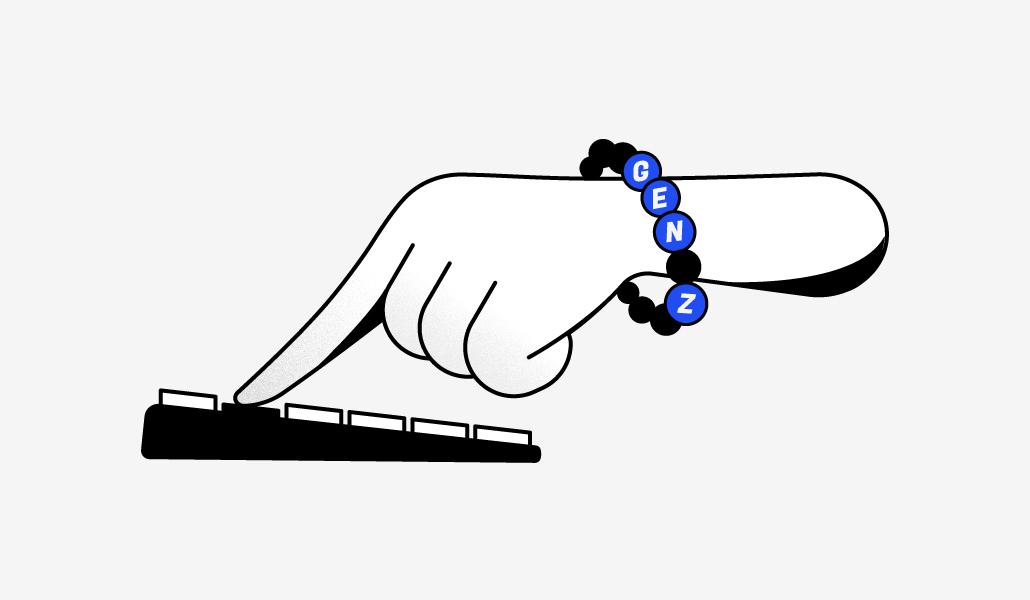‘The secret to retention’: Culture of continuous learning deemed the biggest incentive for employees to stay at their companies

Worker priorities have changed significantly over the last couple of years.
Today, employees want more choice in how they work — that means more flexibility and more autonomy. And in what’s fast become a job-seekers market, they expect their employers to facilitate better professional development.
That’s according to LinkedIn’s annual Workplace Learning Report for 2022, published on March 29, which revealed that 72% of Learning and Developing leaders believe fostering a culture of continuous learning is critical to navigating the uncertainty of our new normal.
The report, which surveyed 1,444 L&D professionals as well as 610 junior staff across 26 countries, highlighted how personal goals have changed since the pandemic began two years ago.
“The last couple years completely reshaped how many of us think about work,” said Linda Cai, vice president of talent development at LinkedIn. “Amidst the Great Reshuffle, people are rethinking how, where, and why they work. And they’re in the driver’s seat as employers try new things to attract and retain great people.”
According to the report, 49% of the surveyed L&D specialists responsible for creating and delivering training plans for companies, said they devoted more attention to providing management training last year than ever before. However, only 25% of those reported that their organizations are prioritizing work-life balance sessions, which is discouraging to employees since these learning meetings focus primarily on how to maintain personnel wellness.
“In addition to employees demanding from employers a concerted focus on flexibility and well-being, we’re seeing them rate opportunities to learn and grow the number one driver of a great workplace culture, jumping up the ranks from #9 in 2019,” Cai said.
The survey data indicated that increased training and learning budgets, and management support enable staff development teams to not only address day-to-day challenges but also to invest in more strategic and proactive initiatives, such as identifying skills gaps.
Joe Dusing, senior director of learning and development at HR and online payroll provider Paylocity, predicted that companies that respond to employee demand and invest in skills development will be at a competitive advantage.
“It’s also the difference between an employee staying or leaving your company. In today’s labor market, people want to know that development programs exist in an organization and if they don’t, that’s a red flag for them. New employees expect paths forward to both grow skills and further their careers,” he said.
Lack of training is a big reason why the number of U.S. LinkedIn members who’ve changed their jobs in the last year rose 37% compared to 2020.
“The secret to retention is to invest in your employees’ career development and create intentional opportunities for career transformation. Companies that excel at internal mobility are able to retain employees for an average of 5.4 years — nearly 2x as long as companies that struggle with it, where the average retention span is only 2.9 years,” Cai said.
Meanwhile, 79% percent of L&D exec respondents agreed that retraining current employees and devising strategies that enable growth within a company is cheaper than hiring new employees.
L&D leaders’ take on diversity initiatives also ring some bells — only 26% identify DEI as a primary focus area on their programs, despite the fact that 55% of L&D leaders in the U.S own or share responsibility for their companies’ DEI strategy, according to LinkedIn.
“Though we’re seeing this shift globally, L&D’s role in DEI strategy is especially prominent in North America, where a social justice movement accompanied the pandemic,” Cai added.
Job training and new technologies
Today’s employees expect to have access to easy-to-use, collaborative training technologies that let them learn at their own pace. According to experts, this is especially true for Millennial and Generation Z workers.
If businesses don’t provide a clear map for how Gen Z employees can learn and develop in within their organizations, they aren’t likely to stick around, according to Dusing.
“There needs to be a balance between eLearning, instructor-led programs, peer-to-peer training, and resources. There are four key Es in the future of learning: education, experience, exposure, and evaluation” he added.
General consensus is that the pandemic accelerated the pace of digital transformation; the skills needed to do our jobs today will not be the same in the coming years. According to its report, LinkedIn predicted the skills of its members to change by approximately 40% by 2025.
“Even in industries not considered traditionally tech-focused, we’ve seen the top skills transform to reflect this new age of hybrid workplaces, where all functions are increasingly dependent on digital tools to collaborate and perform day-to-day tasks,” said Cai.
According to a World Economic Forum report, half of the workforce will need to learn new skills in the next five years as further technological acceleration means that the skills in demand across all jobs will change rapidly, and skill gaps among employees will remain high. Critical thinking and problem solving top the list of skills that employers believe will grow in importance in the coming years.
New self-management skills such as active learning, resilience, stress tolerance and flexibility have also emerged in 2022, according to Dusing.
“These self-management skills have developed due to a lot happening in the world around us — the pandemic, social justice issues, war. At Paylocity we want to help foster and tweak these skills so they’re adding on to their current skill set, not building a new one from the ground up” added Dusing.